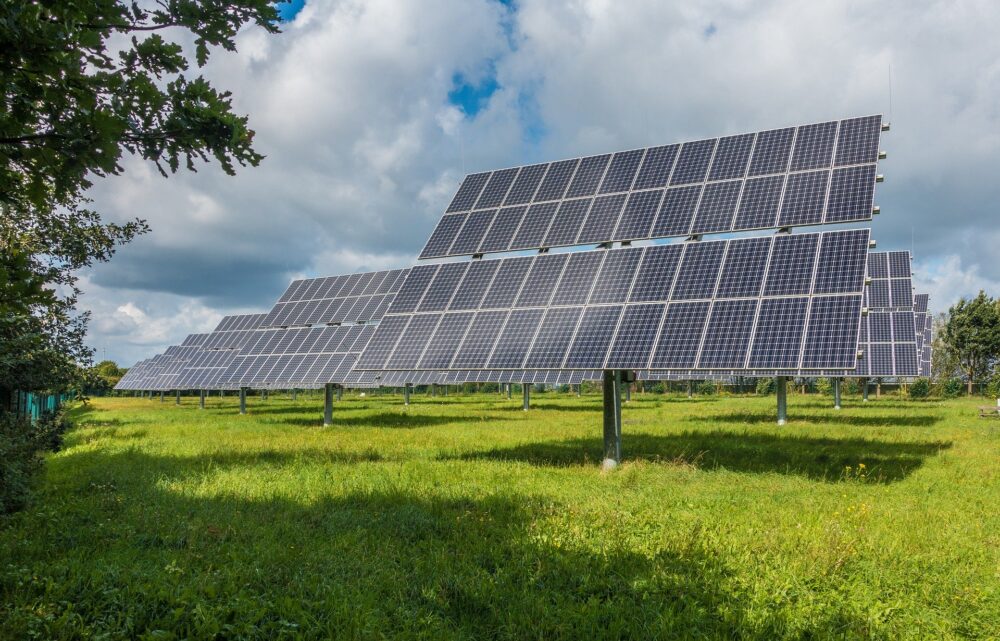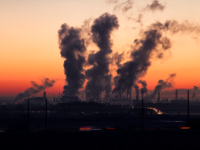It’s undeniable that COVID-19 has completely changed our way of living, but there is a silver lining: the coronavirus may be a catalyst for allowing renewable energy to surpass traditional modes of energy generation in the United States. For decades, coal has been responsible for half of the energy in the U.S., but it is now severely declining in the face of renewable energy sources.
With energy demand and natural gas prices falling as a result of consumers driving less and businesses temporarily closed, the energy sector must cut the slack somewhere. Coal, in addition to releasing the highest amount of CO2 per gigawatt of energy, is also one of the most expensive sources of energy. Because of this, coal plants are being shut down before wind, solar, or petroleum plants.
Coal, in addition to releasing the highest amount of CO2 per gigawatt of energy, is also one of the most expensive sources of energy.
Some coal plants operated at less than 50 percent of their intended capacity in 2019, and that percentage has only decreased in the face of COVID-19. The fraction of U.S. energy sourced from coal is expected to fall to around 18 percent from last year’s 24 percent, and coal production will decrease by one-quarter, according to the U.S. Energy Information Administration. Many coal plants are outdated and are even more expensive to run when they are only running at a fraction of capacity. As a result, they are being closed entirely in favor of cheaper, cleaner alternatives such as wind and solar energy. Once a coal plant is decommissioned, it’s much more expensive to get it back up and running, which makes it less likely that coal could fully come back to its previous prevalence.
In addition, the cost of wind energy has decreased by 40 percent since 2010, and solar has fallen 80 percent. Both are now cheaper than coal and are not expected to take as drastic of a hit as a result of the economic downturn caused by COVID-19. In 2019, 40 percent of new energy generation capacity in the U.S. was solar power, and a decreasing coal market in the coming months opens a path for solar and wind to fill the gap.
The cost of wind energy has decreased by 40 percent since 2010, and solar has fallen 80 percent. Both are now cheaper than coal and are not expected to take as drastic of a hit as a result of the economic downturn caused by COVID-19.
However, the renewable energy industry is not without its coronavirus woes. Industry leaders fear that the pandemic may cause the solar industry to have to take a step back. Already, 17 percent of employees in the renewables sector have lost their jobs. Across the clean energy sector, 27,000 workers have lost their jobs in May 2020, for a total of 620,000 jobs lost as a result of the pandemic. New solar installations are also expected to fall to one-third of what was previously projected. Because of the drop in workforce, it will now be more difficult to meet project deadlines that allow companies to reap tax benefits for building renewable energy capacity. Consumer use is particularly at risk since homeowners may not have the money to install solar panels at the moment, and installation in homes requires close contact.
Despite the dangers, there is still hope. Some tax credit deadlines and requirements have already been loosened or extended to account for delays as a result of COVID-19. This year is still on track to be a record one in terms of wind farm construction, as of May. This means 15 gigawatts of capacity installed, or enough energy to power nearly two million homes. Coal is unlikely to be able to fully recover from the hit it has taken because of the coronavirus and will likely suffer worse than renewables in the long term as a result. The percentage that renewables contribute to U.S. energy will likely rise and remain above coal, which is a win for the environment. There will likely be a 14 percent decrease in energy-related carbon dioxide emissions, compared to 2.8 percent in 2019, partly because of a reduction in coal usage.
So, even in the midst of a global pandemic we are starting to see positive changes for the environment. The coronavirus has sped up the decline of the coal industry and created more space for the clean energy solutions that we need to combat climate change. All that is left is for us to recognize this, take advantage of the space that has been created, and continue to make the environment a priority.
Image source: Pixabay.




